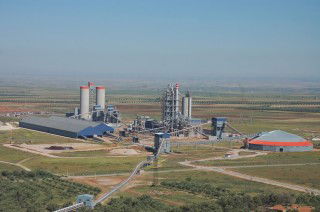Since 2012 the countries that border the Mediterranean Sea have suffered from various challenges, including economic crises, increasing migration flows and Islamism, wars, political instability, oil price fluctuations and now the COVID-19 pandemic. This uncertainty has affected construction activity in most Mediterranean countries. With growing CO2 concerns and stronger EU-related regulations, regional cement producers are not playing in international markets with the same cards: non-EU players are being favoured over European counterparts. At a time when the cement industry is facing some vital challenges, how has cement and clinker trade from Euro-Mediterranean countries evolved over the last two years and what can we expect in 2020? By DSG Consultants, France.
Since the early 2010s, Mediterranean countries have experienced surplus cement supply, starting with southern Europe, then north Africa and Turkey. Due to unfavourable economic and political factors, private and public investment has decreased, affecting cement demand in these countries as well. Therefore, exports have become compulsory for cement players to survive and maintain a national industrial network.
